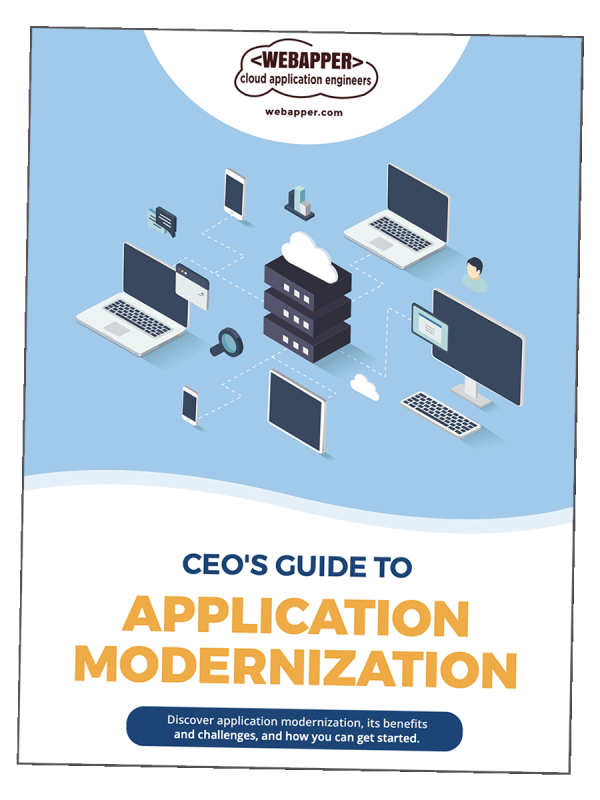Build vs. Buy: SaaS Integration Strategy
SaaS integrations have become the lifeblood of customer experience and product competitiveness. As product leaders, the critical question isn’t whether to integrate, but how to approach integration development: should you build from scratch or leverage existing integration platforms? Let’s explore a pragmatic approach to your SaaS integration strategy.
The Integration Crossroads
Every SaaS company reaches a pivotal moment when expanding platform connectivity becomes a strategic imperative. The decision to build or buy integrations is more nuanced than a simple cost comparison—it’s about aligning technical capabilities, resource constraints, and long-term product vision.
When Building Makes Sense
Custom-built integrations offer unparalleled flexibility and can provide a truly unique user experience. Consider building when:
- Your integration requirements are highly specialized
- You have significant in-house technical expertise
- The integration involves proprietary or complex data workflows
- Off-the-shelf solutions cannot meet your specific architectural needs
Building allows complete control over every aspect of the integration, from authentication to data transformation. Your engineering team can craft precise solutions that perfectly match your product’s unique requirements.
The Case for Buying
Integration platforms have dramatically evolved, offering robust, scalable solutions that can dramatically accelerate time-to-market. Buying becomes attractive when:
- You need to launch multiple integrations quickly
- Your team lacks deep integration expertise
- You want to minimize ongoing maintenance overhead
- Rapid iteration and customer value are top priorities
Modern integration platforms provide pre-built connectors, standardized authentication, and managed infrastructure that can reduce development time from months to weeks. You could easily test with something like LinkedIn or Slack.
Cost Considerations of Build vs. Buy
Let’s break down the financial implications.
Build Costs
- Initial development: $50,000 – $250,000
- Ongoing maintenance: 20-30% of initial development annually
- Engineering resources dedicated to integration support
- Potential opportunity costs of delaying other product features
Buy Costs
- Monthly platform fees: $500 – $5,000
- Per-integration setup: Minimal to moderate
- Reduced internal engineering overhead
- Faster time-to-market
- Predictable, scalable pricing model
Technical Evaluation Criteria
When comparing approaches, consider:
- Scalability: Can the solution handle increasing integration complexity?
- Security: What are the authentication and data protection mechanisms?
- Customization: How flexible is the integration architecture?
- Performance: What are the latency and reliability metrics?
- Ecosystem Support: How many pre-built connectors are available?
Hybrid Approaches
Many successful companies adopt a hybrid strategy.
- Use integration platforms for standard, high-demand connectors
- Build custom integrations for unique, mission-critical workflows
- Leverage platform APIs to extend and customize existing integrations
Making Your Decision
There’s no universal right answer. Your choice depends on…
- Current engineering capacity
- Budget constraints
- Speed-to-market requirements
- Complexity of desired integrations
Start with a proof of concept. Many integration platforms offer free trials that allow you to test capabilities without significant upfront investment.
Build vs. Buy: SaaS Integration Strategy
Integration strategy is never black and white. The most successful SaaS companies view integration not as a binary build-or-buy decision, but as a strategic spectrum. Your choice should align with your technical capabilities, resource constraints, and long-term product vision. Whether you build custom solutions or leverage existing platforms, the ultimate goal remains constant: creating frictionless, value-driven integration experiences that solve real customer problems and drive product differentiation.



Leave A Comment